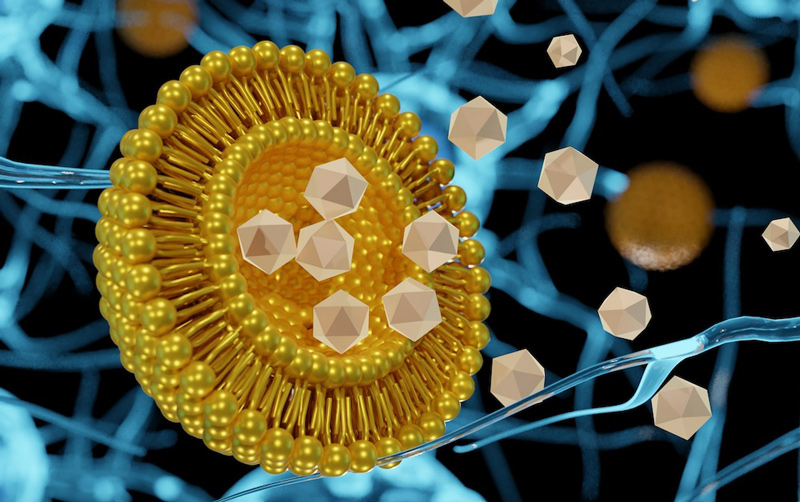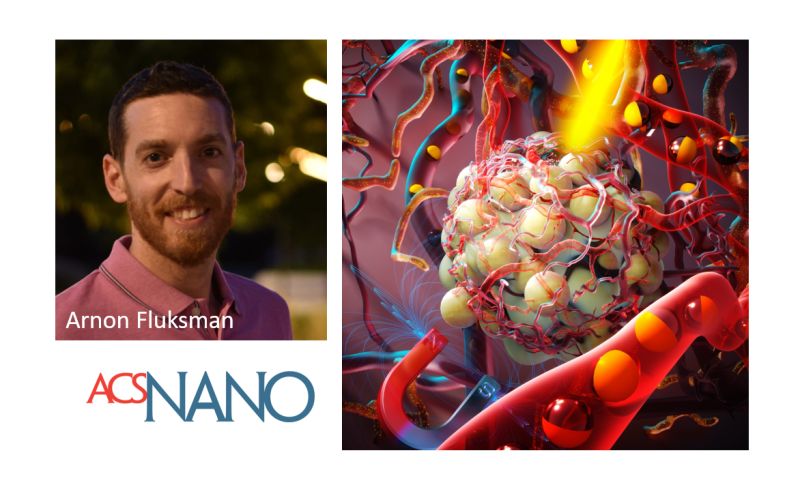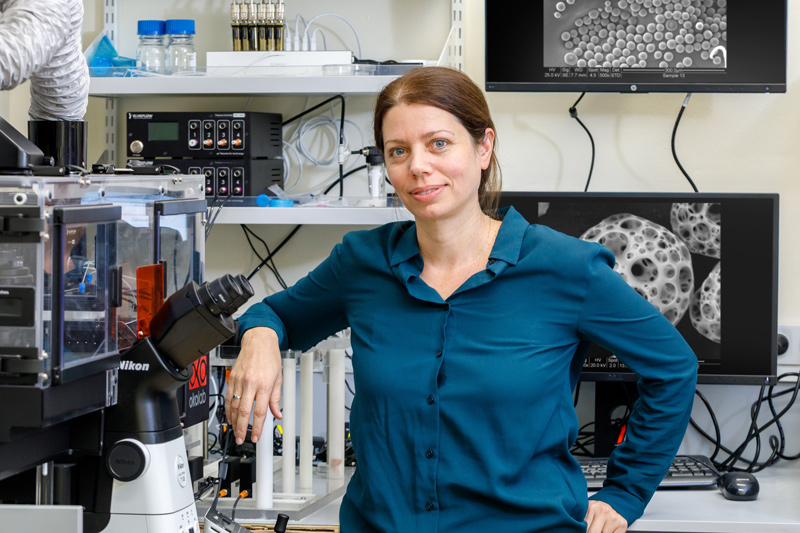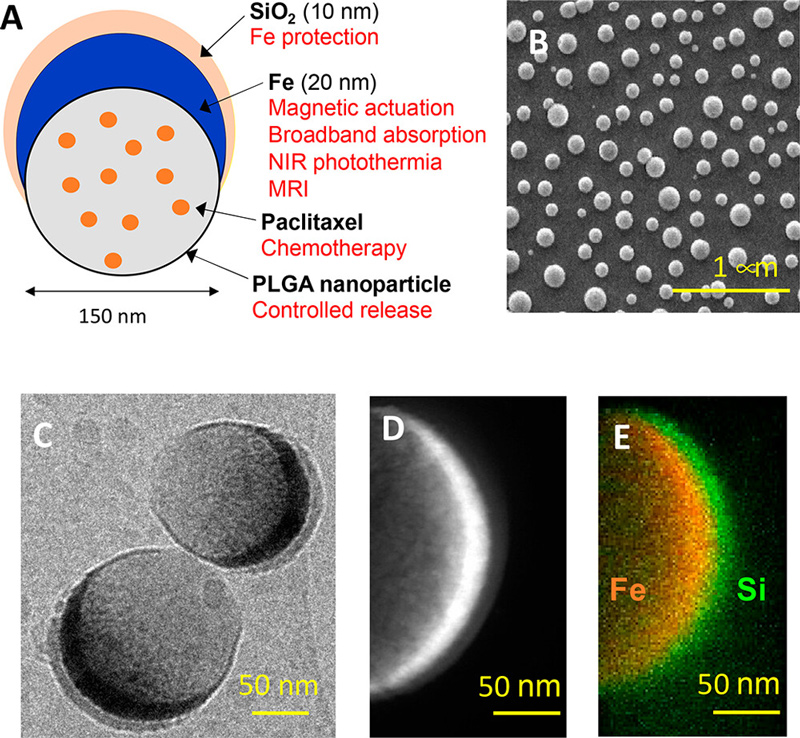
January 13, 2023 – An international team from the Hebrew University of Jerusalem (HU) and the Instituto de Microelectronica de Barcelona developed metal iron-based biodegradable magnetoplasmonic nanocapsules (MAPSULES) to eradicate tumors via remote-controlled local delivery of chemotherapy at ultralow drug concentrations.
The findings of this study were published in ACS Nano Journal and featured on the cover of the latest issue, demonstrated positive therapeutic effects of MAPSULES in biological models carrying human breast tumors. The MAPSULES also boost drug therapeutic action and minimize damage to surrounding tissues.

This study, led by Arnon Fluksman, a Ph.D. student in Prof. Ofra Benny’s laboratory at the Hebrew University Faculty of Medicine’s School of Pharmacy, and Dr. Borja Sepulveda and his team at the Instituto de Microelectronica de Barcelona, fabricated and evaluated MAPSULES in various cancer cell models.
“With over 18 million cancer cases worldwide in 2020, scientists and medical practitioners have grappled with advancing local drug delivery methods to improve treatment outcomes,” says Fluksman. Despite the promise of overcoming chemotherapy side effects, nanotherapies have been unable to meet expectations due to the low nanoparticle concentration that ultimately reaches the solid tumor. Our unique method enables us to remotely control the molecules with the help of a magnet, deliver drugs to the precise location of the tumor, and control drug release rates.”

Results also showed that laser irradiation of MAPSULES could increase therapeutic impact by generating heat locally in the tumor site. These findings introduce the first design of a full nano-scale carrier containing large doses of chemotherapeutics with a thin external metal coating, effectively delivering chemotherapy to a solid tumor site.
“Creating an ‘Iron Dome’ of sorts for cancer, MAPSULES not only kill cancerous cells but also protect the patient from unnecessary damage to healthy tissue, thus augmenting cancer treatment outcomes,” said Prof. Benny. “With our discovery of MAPSULES’s efficacy, we can advance our solutions and offer a wide range of materials that can be manipulated and activated remotely to support a wide variety of therapies for diseases beyond cancer.”
